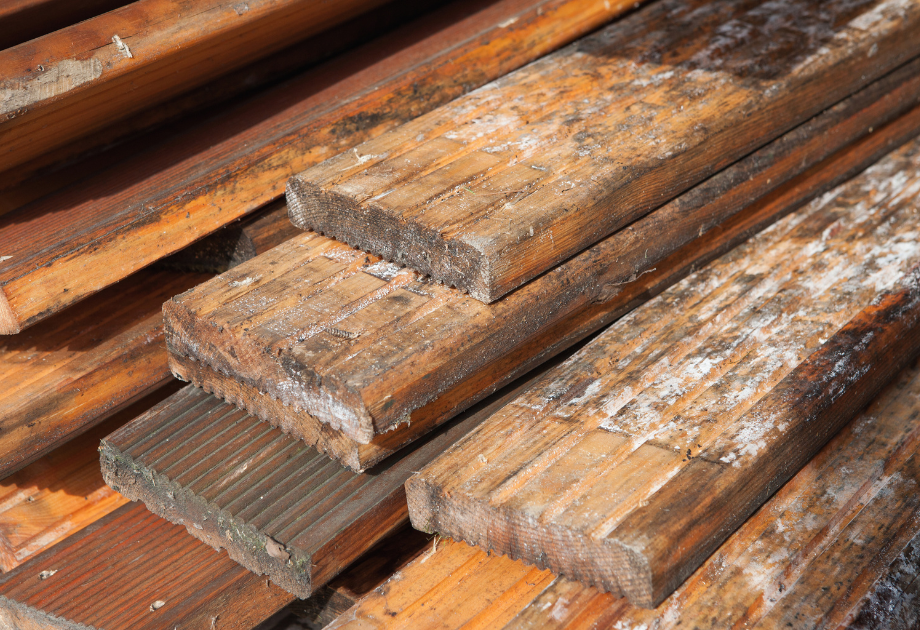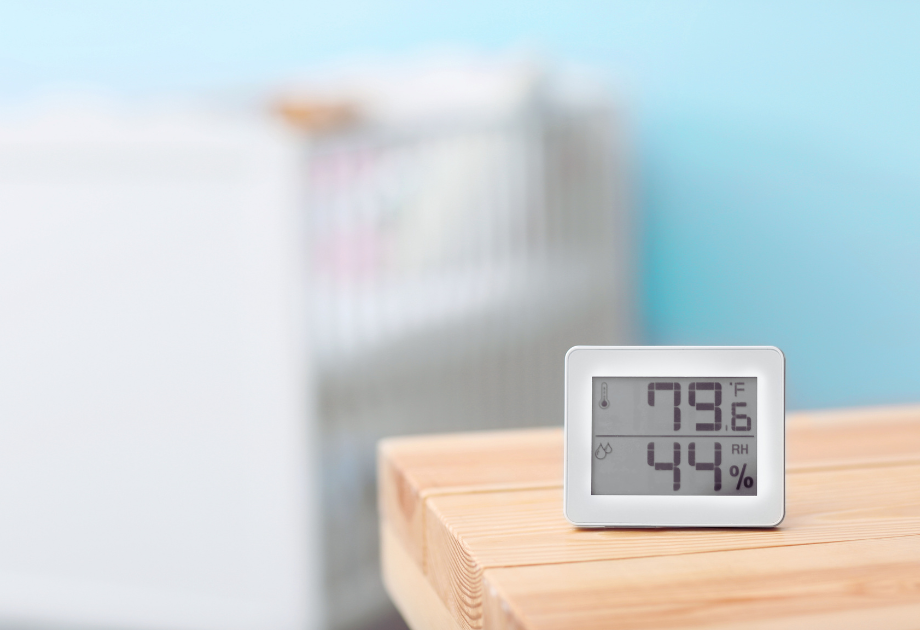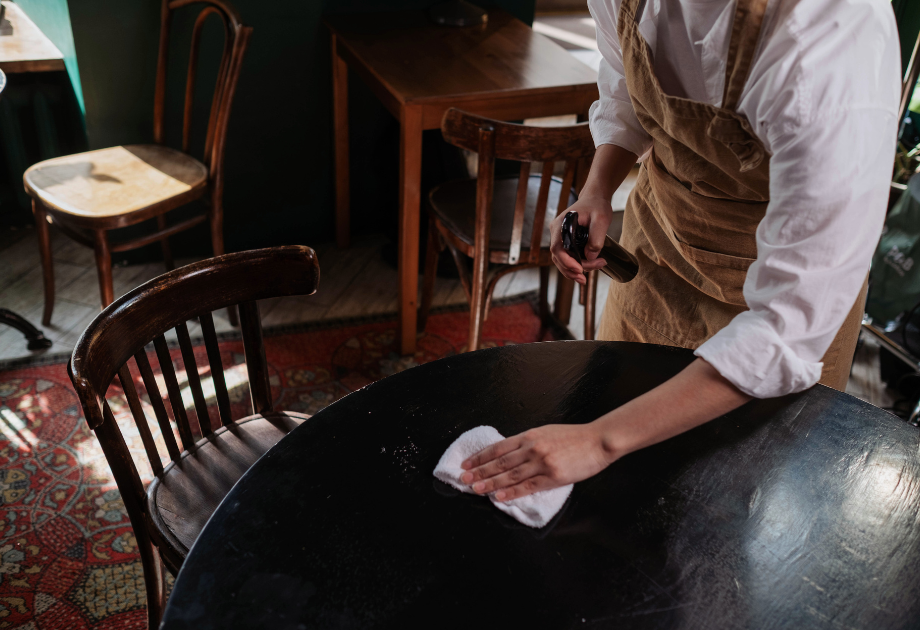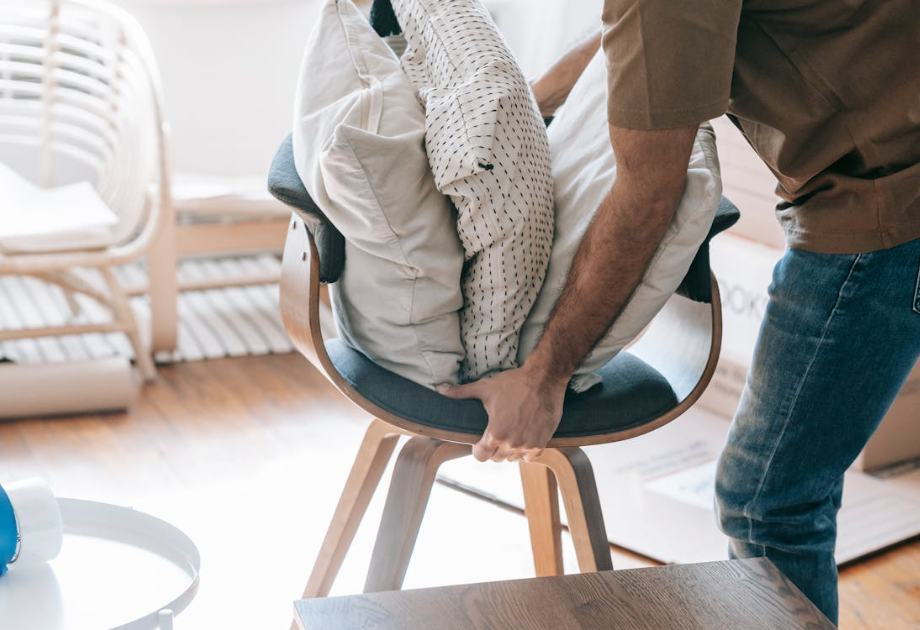The Impact of Humidity on Wood Furniture and 3 Ways to Prevent Damage
.png)
Wood furniture transcends basic utility, serving as a testament to craftsmanship, beauty, and character. These cherished pieces often become part of our families, passed down through generations and carrying stories of the lives they’ve touched. To protect these treasures, it’s important to understand the environmental factors—like humidity and dryness—that can impact their longevity.
In this blog, we’ll explore how humidity affects wooden furniture, why these changes occur, and, most importantly, how to protect your investment. With a few simple strategies, you can keep your wood furniture looking its best year-round—and if it’s too late to prevent damage, we’ll show you how restoration can breathe new life into your cherished treasures.

Why Does Humidity Damage Wood?
Wood is a natural, dynamic material—it’s a living, breathing entity that retains its connection to the environment even after it’s been crafted into furniture. Because of its porous nature, wood absorbs and releases moisture in response to changes in the surrounding environment. These fluctuations can cause it to expand, contract leading to visible damage over time.
Imagine a dining table developing splits along its surface or drawers swelling so much they refuse to budge. These everyday frustrations often result from the rise and fall of humidity levels that push wood beyond its comfort zone. But understanding this dynamic can help you prevent damage before it begins.
What Happens When Humidity Is Too High?
When the air is heavy with moisture, wood absorbs it like a sponge. This causes the material to swell, which can lead to warping, sticking joints, and even mold growth—a particular concern if the humidity exceeds 50%.
Excessive moisture not only compromises the structure but also creates the perfect environment for mold spores to thrive. Protecting your furniture from this scenario starts with maintaining a relative humidity range of 30–50%, ideal for preserving both the appearance and integrity of your wood furniture.
Need to restore a treasured piece after humidity-related damage? Discover how Old School Craftsman can help in our article on restoring antique furniture.
What Happens When Humidity Is Too Low?
On the flip side, dry air—common in winter—can be equally destructive. When humidity drops below 30%, wood begins to lose its natural moisture, resulting in shrinkage and cracking.
Consider antique furniture, often crafted from solid wood, which is especially vulnerable. Winter’s dry indoor air can sap the life out of these heirlooms, leaving them brittle and frail. To prevent this, keeping the air in your home within the ideal range can make all the difference.
Curious about how restoration can transform a worn piece into a beloved treasure? Read more about the joy of restoration in our blog, Restore, Repurpose, Rejoice: Why Restoration Is the Perfect Holiday Surprise.

Three Tips to Help Your Wood Furniture Handle Seasonal Humidity
Combatting the effects of humidity is simpler than you might think. With a few practical adjustments, you can safeguard your wood furniture for years to come.
#1: Monitor and Control Humidity Levels
The first step is awareness. Regularly checking your indoor humidity levels with a hygrometer can help you maintain the recommended 30–50% range. If your home tends to swing toward extremes, consider using a humidifier or dehumidifier to keep the air balanced. These tools act as your first line of defense in protecting wood furniture from moisture-related damage.

#2: Protect and Maintain Your Furniture’s Surface
A well-maintained surface is like a suit of armor for your furniture. Applying finishes like wax or oil can create a barrier that minimizes moisture absorption. Keep your furniture clean, as dust and debris can trap moisture, and always use coasters or pads to prevent water rings and spills from seeping into the wood. I recommend using Milsek Furniture Polish and Wood Cleaner for a safe and effective clean. It’s the same trusted product I use during restorations to clean while protecting finishes. Stick to this product and dry dusting to keep your wood furniture safe.
When faced with water damage on wood furniture, quick action is important. But if the damage has already led to issues like swelling or warping, professional restoration might be the best solution.

#3: Position Furniture Thoughtfully
Where your furniture lives within your home can significantly impact its longevity. Placing pieces away from direct sunlight, vents, or heating elements helps avoid uneven drying or excessive exposure to moisture. Strategic placement not only protects your furniture but also preserves its charm and functionality.
Old School Craftsman Is Your Furniture’s Best Friend
When humidity takes a toll on your cherished wood furniture, Old School Craftsman is here to help. From repairing cracked finishes to restoring swollen or warped wood, we specialize in breathing new life into your favorite pieces.
Have a restoration project in mind? Reach out to Old School Craftsman today! Together, we’ll preserve your furniture’s legacy for generations to come.
Follow us on Facebook, Instagram, and Pinterest for updates from our latest projects and discussions on historic homes.
Happy with the difference Old School Craftsman made on your home? Leave us a five-star review!
